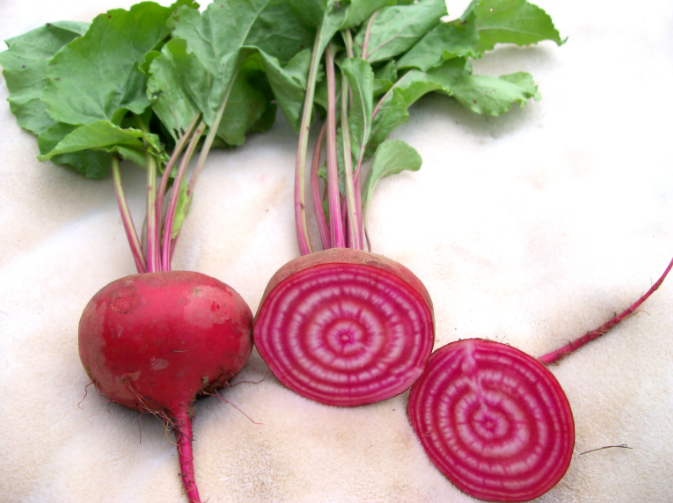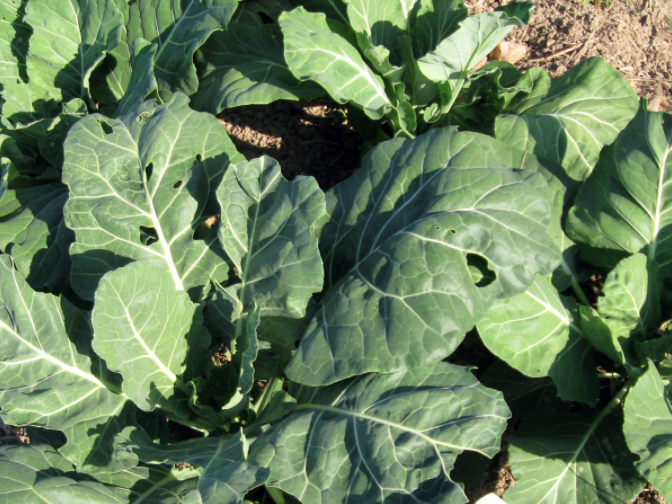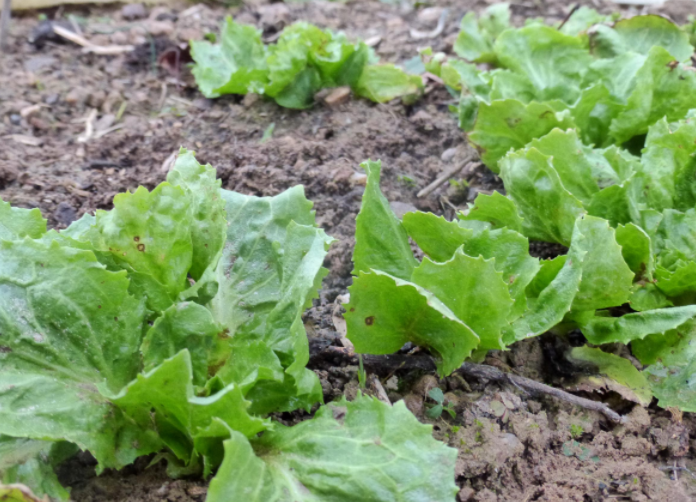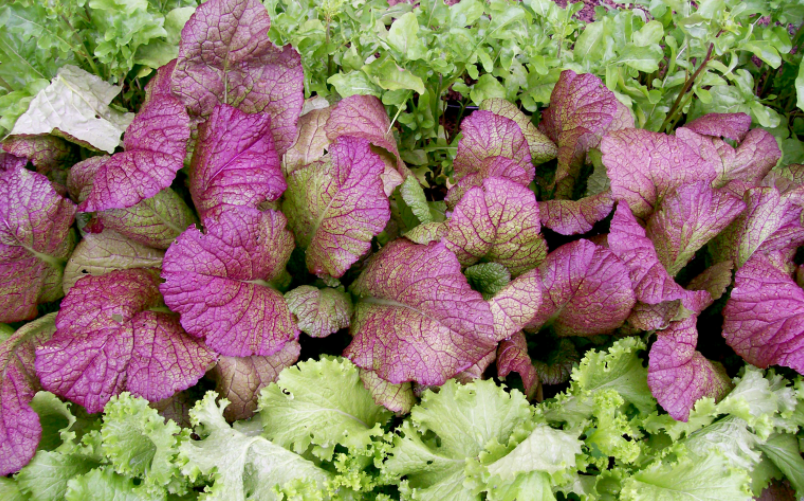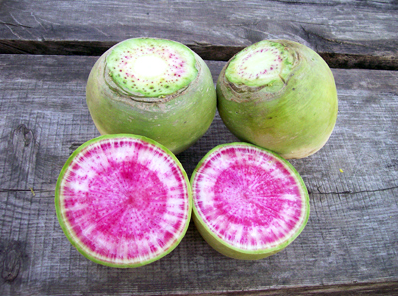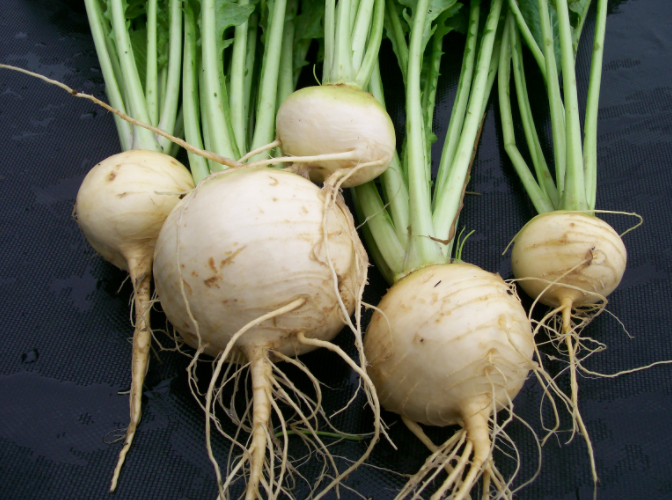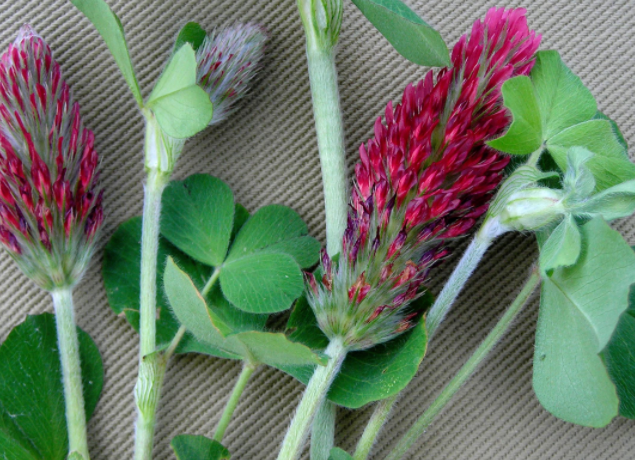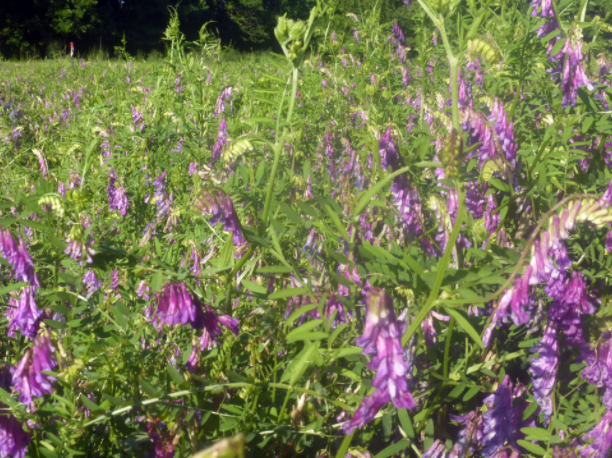As temperatures begin to cool many people start to think of harvesting long season crops like popcorn, pumpkins, and winter squashes but for the avid gardener it can still be time to plant. Whether you just love fresh food, have been inspired by books like 4 Season Harvest, or just desire more food independence SESE has many varieities that can still be planted.
For the purposes of this post we focused on the USDA Hardiness Zone 7A where Southern Exposure is located. That does not mean these are not still possibilities for your garden even if you live farther north. However your choices may be more limited and you may need to utilize season extenders like cold frames or row cover.
Chioggia (Dolce Di Chioggia) Beets
Beets are relatively cold hardy and quick to maturity. Grow them for fall greens or roots to store through the winter. In zone 7A beets can be sown up to Spetember 15th.
These Chioggia beets are both beautiful and ulitarian. They’re a fast growing, prolific, pre-1840 Italian heirloom with good flavor and storage properties.
Collards are a beloved southern green that can be added to your fall garden until Spetember first in zone 7A, so it’s time to get some in now!
Champion collards reach maturity in 75 days and have enhanced winter hardiness, making them an excellent choice.
Broad-Leaved Bativian Endive (Full Heart Escarole)
Endive is very sensitive to hot weather so fall is actually a perfect planting time. The plants can be stored for winter use by digging the plant with the root ball intact and keeping in a root cellar or area of your home that stays around 50°F. Endive can be planted until September 15th.
Broad-Leaved Bativian has 12-16 inch creamy white heads with dark green outer leaves. It matures in 90 days.
Kale is a wonderfully hardy green that can help keep your garden going year round. It can be sown in a zone 7A garden until September 15th.
Premier is a delicious variety with very tender leaves. It’s ready to harvest in just 60 days or can be over-wintered for awesome, early spring growth.
Lettuce is an easy choice for most gardens because it’s commonly liked and easy to grow. However in zone 7A much of the summer it can be difficult to grow lettuce because of the hot temperatures. Thankfully lettuce crops can be sown in the fall until Spetember 21st.
Speckled Bibb Lettuce is an excellent because it’s great tasting, gorgeous, and grows quickly in cool weather. You can have a Speckled Bibb harvest in just 43 days.
Mustards are great cold tolerant greens with a lot of flavor. They can be planted in zone 7A as late as October 1st!
Red Giant Mustard is an insect resistant variety originally from Japan. Its reddish purple leaves are stunning, cold tolerant, and strongly flavored.
Radishes are a quick crop that can be sown up until November first in Zone 7A. Some radish varieties store especially well making them great for winter use.
The beautiful Misato Rose Fall Radish is an SESE favorite. It’s super easy to grow, matures in about 60 days, and keeps well.
Amber Glob (Yellow Globe) Turnip
Turnips are another hardy root and/or green to add to your fall garden. They can be planted as late as October 1st in the inland plains of the mid-Atlantic.
The Amber Globe Turnip is a fall variety that dates back to before 1840. It has sweet, fine-grained, creamy yellow flesh. Matures in 63 days.
If you don’t find favorites among this list be sure to puruse other varieties. Especially if you live in zone 6 or warmer or have season extenders there’s still plenty of varieities to offer a fall and winter bounty.
As autumn continues and the weather cools off more it will also be time to plant other crops like spinach, garlic, and perrennial onions.

